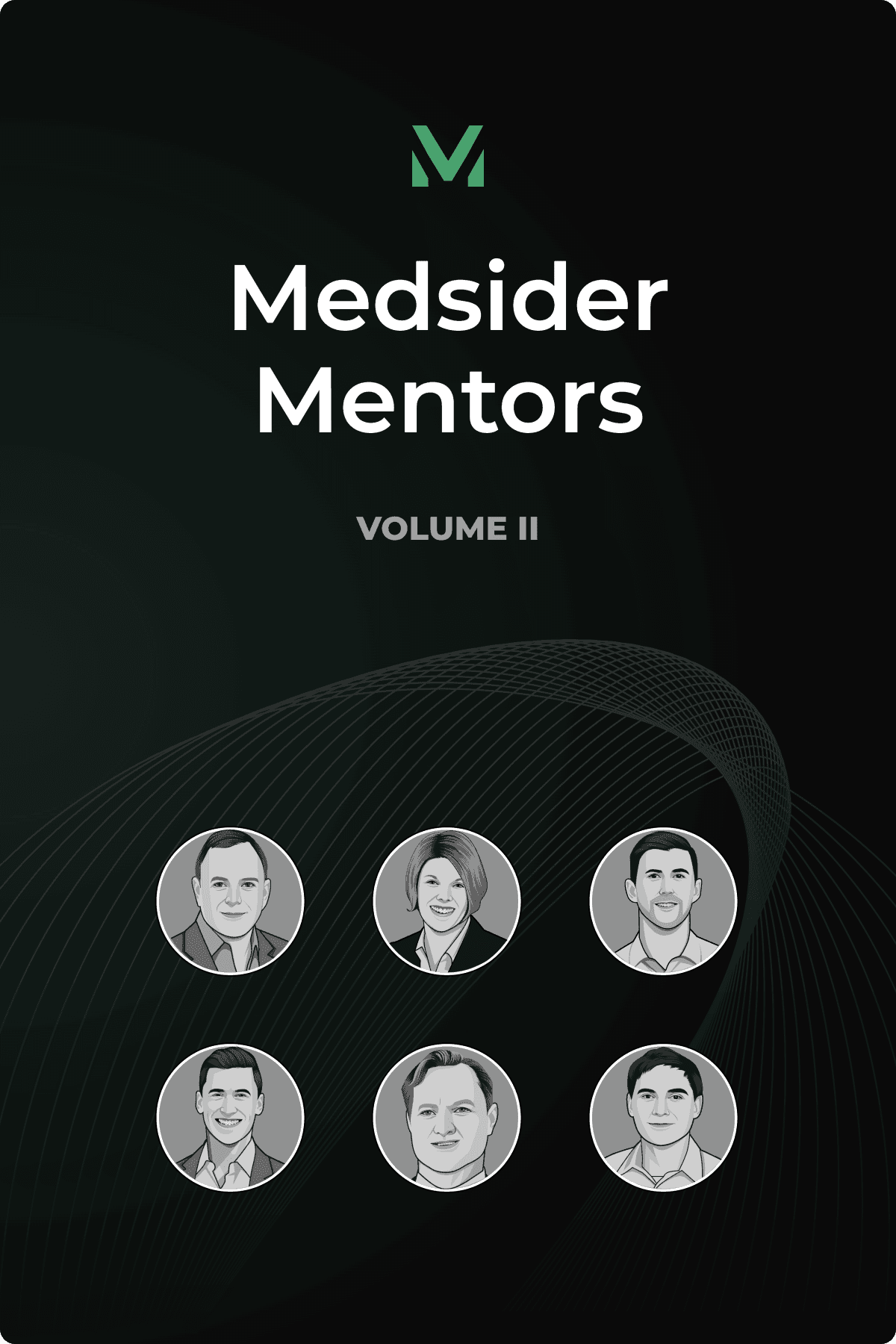How to Listen to What the Market is Saying
Interview with CurvaFix CEO Steve Dimmer

Steve Dimmer is a seasoned professional in the medical device industry with over 30 years of experience and a background in engineering. Throughout his career, he has participated in various startups in several different therapeutic arenas, from radiation oncology to the treatments of chronic obstructive lung disease and orthopedic trauma.
In 2000, Steve moved from Southern California to Seattle to become the founding vice president of Calypso Medical, a company focused on targeting systems for radiation oncology. In 2008, he created his own startup, Nuvaira, together with Dr. Martin Mayse, an interventional pulmonologist, formerly from Washington University in St. Louis. Despite the subsequent global financial crisis, they managed to raise funds, and Steve ran Nuvaira for about five years through its Series B financing. He then worked as an entrepreneur-in-residence for a division of Johnson & Johnson, gaining invaluable insight into the world's largest medical device company.
While serving as an advisor for Johnson & Johnson, Steve also played a role in evaluating a new technology for a local venture capitalist, which brought him to Vancouver, Canada, where he met Dr. Robert Meek, the founder of the orthopedic trauma department at Vancouver General Hospital. Together they founded CurvaFix to address the need for better treatment options for pelvic fractures, which affect a significant portion of the population.
Traditional methods of fixing pelvic fractures using straight screws and bone plates can be limiting due to the curved nature of the bone, often leading to unpredictable outcomes or lengthy and costly surgeries. CurvaFix offers a minimally invasive device that holds the bones together with minimal motion, reducing pain and promoting mobility. The CurvaFix IM Implant is designed to follow the natural curve of the pelvis, providing a more secure fixation and reducing complications.
CurvaFix targets two main patient groups: high-impact trauma patients and patients with fragility fractures of the pelvis (FFP). Fragility fractures are a growing concern for the aging population with 150,000 estimated FFP injuries in 2023 in the U.S. alone. Due primarily to limitations of existing implants, only 10% of FFP patients receive surgery today. Often, conservative FFP treatment leads to lengthy hospitalizations, high nursing home admittance, and a high one-year mortality rate. The innovative approach pioneered by the company has the potential to improve the quality of life for thousands of patients who suffer from pelvic fractures every year.
The company received its first FDA clearance and then conducted [SD1] a small clinical study, demonstrating the readiness of the product before commercializing. Today, after its first million dollars in sales, over 200 treated patients, and 280 implants already in use, the CurvaFix technology has proved that it simplifies surgery, solves challenging surgical problems for high-impact patients, enables immediate pain relief and early mobility for FFP patients compared to existing methods. CurvaFix recently received its second FDA clearance for a smaller implant and is now transitioning from its pilot launch phase and is well-positioned to continue expanding its market presence.
In this Medsider episode, Steve discusses his journey as an entrepreneur and the development of the innovative CurvaFix device and offers valuable advice for medtech startups looking to make their mark in the industry.
Key Learnings From Steve's Experiences
Stay focused on your mission, but don't put on blinders – be open to exploring new opportunities and pivoting when necessary.
Don't be afraid to ask questions and listen to feedback from potential investors. Use this feedback to improve your pitch and strengthen your narrative.
Develop a tailored regulatory strategy for your specific therapeutic area and assemble a team of domain experts to help you successfully navigate the often-complex regulatory landscape.
You May Like These Articles
Medsider Premium
Become a premium member and unlock access to exclusive Medsider benefits.



